Announcing the General Availability of IDERA SQL Safe Backup 9.3
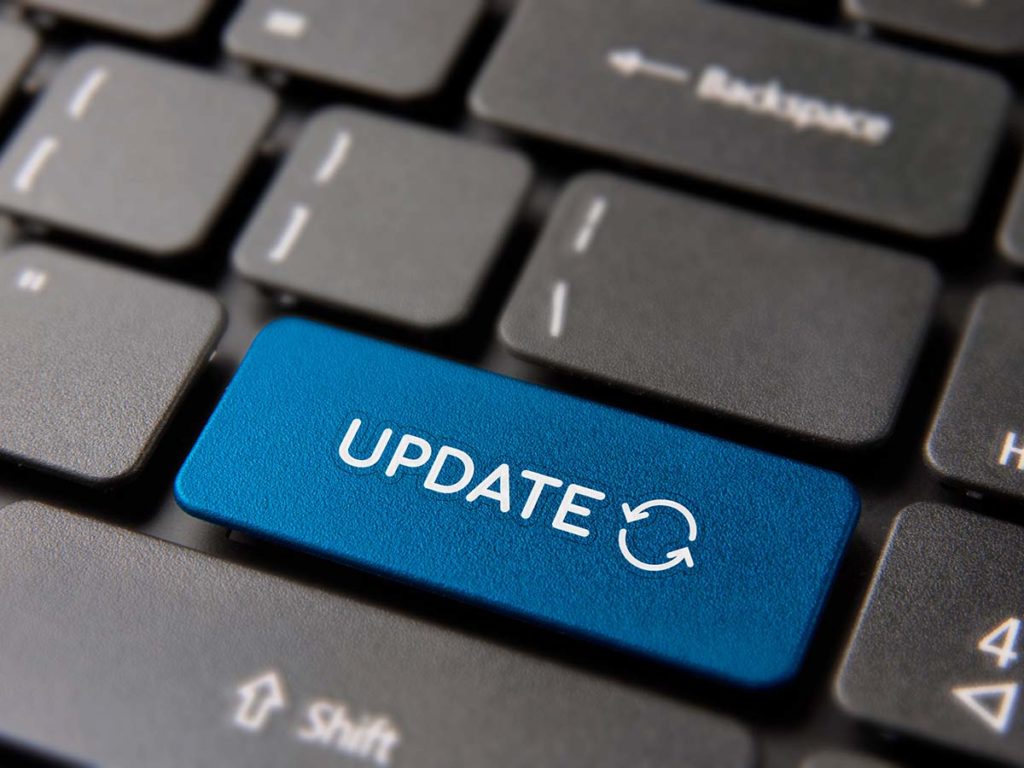
Categories
- Free tools
- SQL Admin Toolset
- SQL Compliance Manager
- SQL Defrag Manager
- SQL Diagnostic Manager for MySQL
- SQL Diagnostic Manager for SQL Server
- SQL Diagnostic Manager Pro
- SQL Doctor
- SQL Enterprise Job Manager
- SQL Inventory Manager
- SQL Query Tuner for SQL Server
- SQL Safe Backup
- SQL Secure
- SQL Workload Analysis for SQL Server
- Uptime Infrastructure Monitor Formerly Uptime

Become an IDERA ACE Today!
Applications for the 2017 IDERA ACEs are now open! The search has begun for the 2017 IDERA ACEs. Do you have a passion in helping the community and sharing your knowledge? Then apply today! We help the IDERA ACEs pursue their passion by sponsoring travel to select...
My "Expert Delphi" book published!
My "Expert Delphi" book has been published by PACKT Publishing and is currently available for a limited time for just $10 at https://www.packtpub.com/application-development/expert-delphi. The book is about how to become developer super hero and...
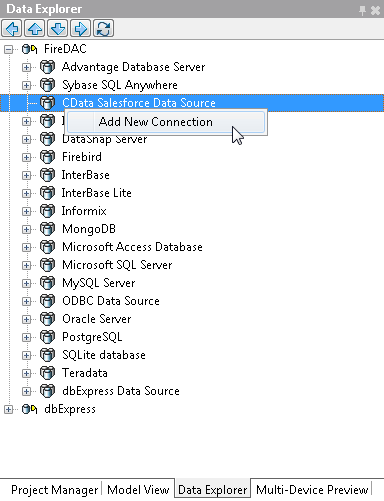
Viewing Salesforce Data in RAD Studio Data Explorer
How to view Salesforce data in RAD Studio Data Explorer using the Enterprise Connectors for Salesforce. With the Enterprise Connectors for Salesforce, you gain access to live Salesforce data within RAD Studio, abstracting the data into tables, views, and stored...

Getting Technical with Cary Jensen and FireDAC (Episode 74)
In this episode of the Podcast @ Delphi.org we talk with Cary Jensen about his new book Delphi in Depth: FireDAC and the upcoming Delphi Developer Days which Cary puts on with Dr. Bob Swart. Nick Hodges, our co-host, was a previous host of Delphi Developer...

Setting up an Apache Web Server in Debian using Google Cloud
Setting up an Apache Web Server in Debian using Google Cloud Howdy! In the previous tutorial, we showed you all how easy it was to setup a Linux Distribution in the Google Cloud. Well, today we will...
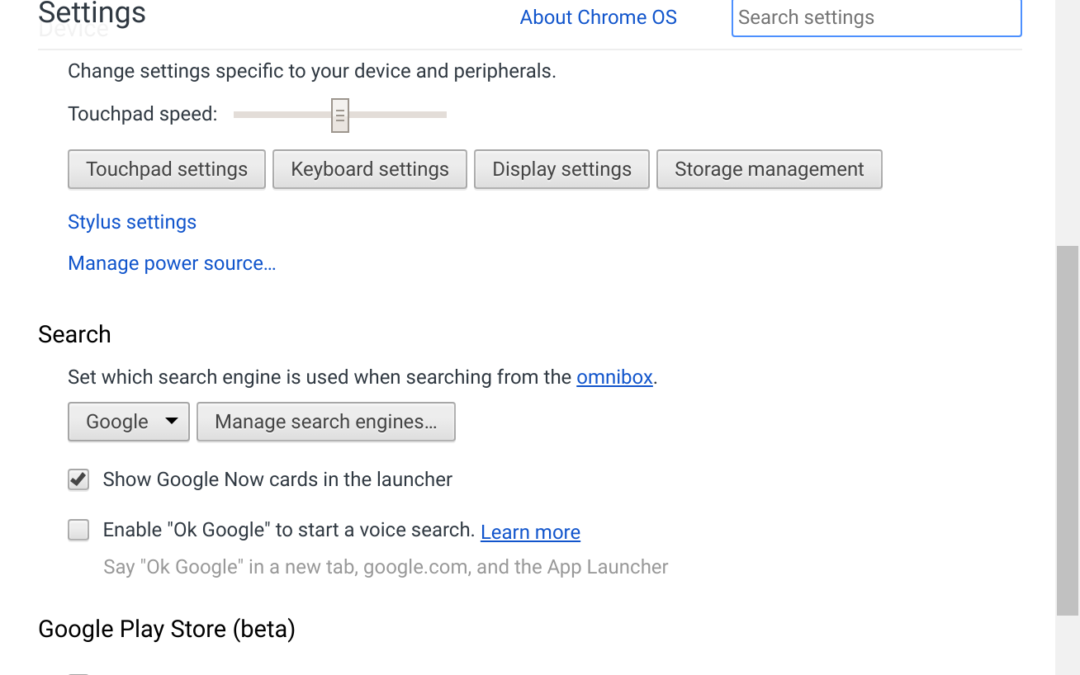
Connecting to Chrome OS via ADB
This is part of my series on developing with Chrome OS You need to put your Chromebook in Developer Mode First. Enabling ADB Debugging https://developer.android.com/topic/arc/index.html#setup First you have to allow ADB through the firewall. Go to crosh...
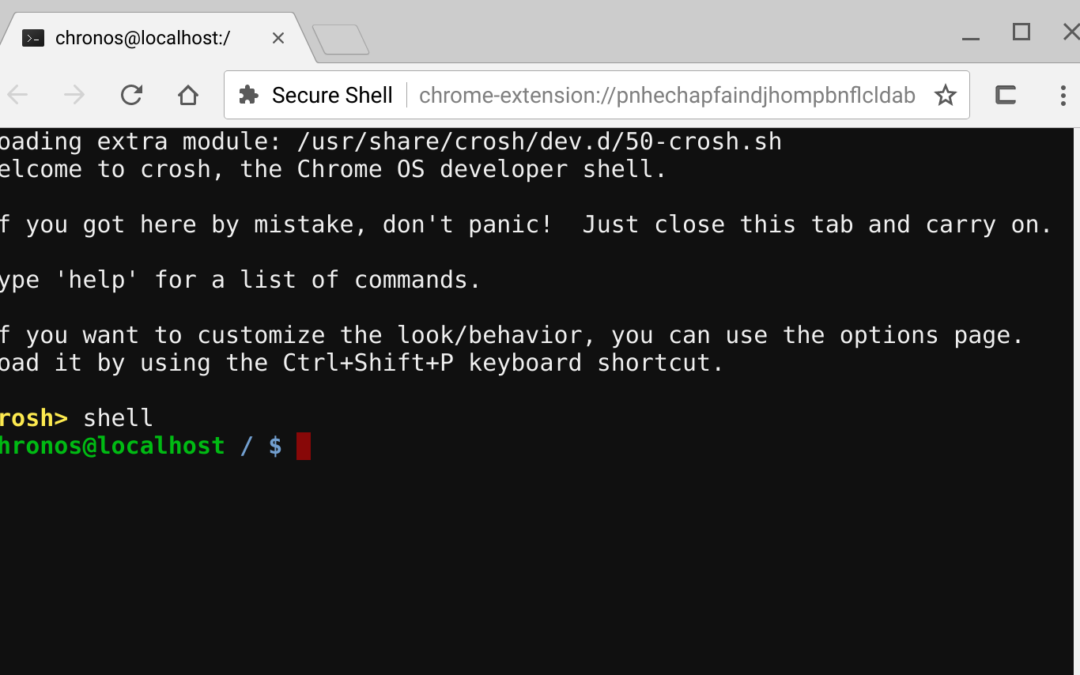
Enabling Developer Mode on Chrome OS
This is part of my series on developing with Chrome OS Chromebook Developer Mode You need to put your Chromebook in Developer mode, which wipes the local storage, so you are better off doing it sooner rather than later. Also keep in mind it may void your warranty....

Fireproof Your DBA Career in our Next Twitter Chat!
Is your DBA career fireproof? Let’s discuss the things that can get you fired and make sure you’re not doing them. Our next #SQLChat will take place on Wednesday, August 23rd at 11 AM CT with Robert Davis (@SQLSoldier). There are things that many DBAs do...
Changing a FireMonkey style at runtime
There is a great post by Sarina Adding a style selector to your application showing how to have a FMX application with multiple style books, and a combo box listing the styles. When the app is running, a user can select one of the style in the combo box and...
Targeting Chrome OS with Delphi via Android and Linux
Google's Chrome OS is based on their Chrome Browser and runs on Chromebooks, which are halfway between a tablet and a laptop. They are designed around the idea that most of the stuff we do anymore is done through the browser. A while ago Google announced that they...
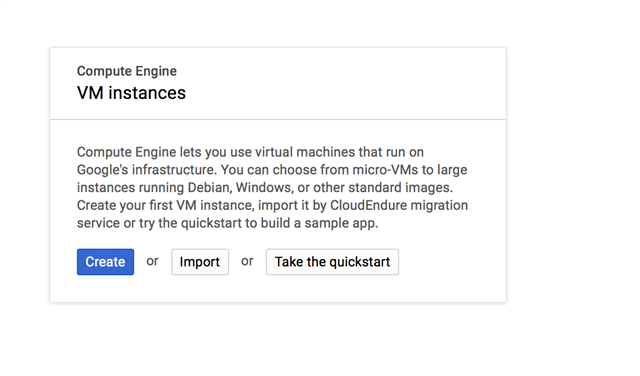
Setting up a Linux VM using Google Cloud
Howdy! In this blog post, I will be showing you all on how to setup a new Linux VM in Google Cloud. If you are new to Google Cloud, I would highly suggest viewing this video https://www.youtube.com/watch?v=uiy456tEUww In your project click on the...
RDS/Aurora OS monitoring with Monyog v8.1.0
With this Monyog release, we will provide monitoring capabilities for RDS/Aurora OS metrics along with an emphasis on the User Experience in several respects including a number of GUI design details. Additionally, the release adds a number of bug fixes and implements...
Secure your Uptime MSSQL backend database connection with SSL!
Hey there Uptimers! There's been a lot of stuff in the news lately regarding cyber attacks and data security in general. Just this morning I was listing to a piece on the Wall Street Journal technology podcast about how big companies are trying to protect all of...
Quickly find add-ons with new GetIt categories
We have added a number of new categories to the GetIt Package Manager in 10.2 Tokyo to make it easier to find what you're looking for in GetIt. The GetIt Package Manager can be accessed through the Tools menu in the IDE. Here's the new list of categories...
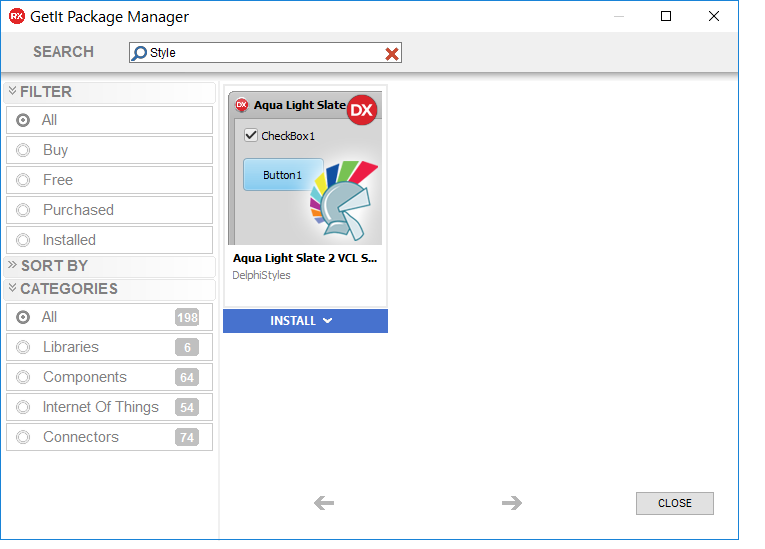
New free VCL Style from DelphiStyles.com available in GetIt
DelphiStyles.com sells custom VCL and FireMonkey Styles. They are offering a free custom VCL Windows Style for RAD Studio 10.2 Tokyo customers through the GetIt Package Manager (Tools > GetIt Package Manager). After downloading the style, you can find it...
What is BPMN?
IDERA's ER/Studio Business Architect allows you to draw both Conceptual Models and Business Process Models. Business Process Models use the BPMN standard. The first version of BPMN was released in May of 2004. Since then organizations have been...
Oracle Standard Edition Performance
Sometimes a very good index can be even better post - Ducky Indices Post Tomorrow on Tuesday June 27, at 11am EDT / 10 Central, we'll share the numbers. Quack Chat - Ducky Indices Registration
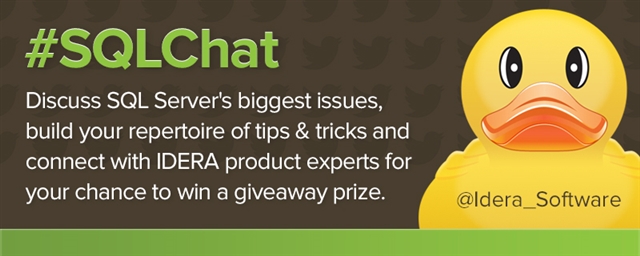
Database Continuous Delivery – It’s Not as Scary As You Think
Database continuous delivery can be a scary topic for database administrators. This requires the DBA to start trusting tools & processes, and that’s like pulling whitening from a bull ox. However daunting, this is becoming a hot new buzz term...
Use TRESTDataSetAdapter with arbitrary JSON
One basic question I get asked is how can I convert arbitrary JSON into some kind of data structure such that I can extract useful data? One solution is to use the TRESTDataSetAdapter with arbitrary JSON....
FireMonkey Android Compatibility Patch for RAD Studio 10.2 Tokyo
Before downloading the patch, please have a look a the bottom of the Code Central listing as it includes important installation details. This patch is also available to customers using the 10.2 Trial. This patch addresses critical Android issues in Delphi, C++Builder...